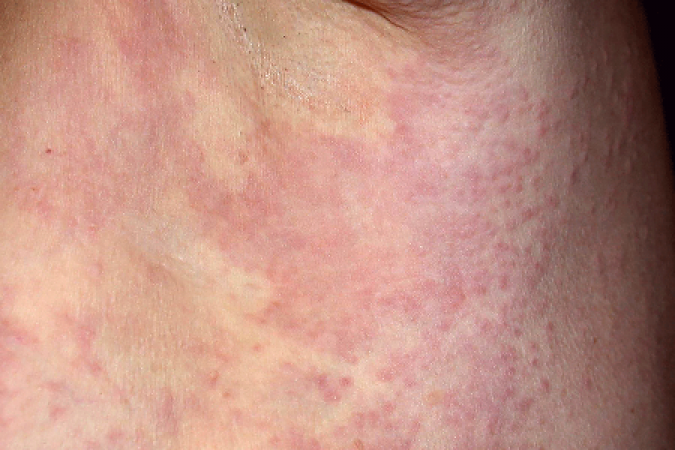
Skin problems can often be dismissed as minor issues, but they can sometimes indicate more serious underlying health concerns, particularly in relation to blood sugar levels. When blood sugar levels are elevated, it can lead to a variety of skin issues, ranging from dryness and itching to more severe conditions like diabetic dermopathy and acanthosis nigricans. Understanding these manifestations is crucial in recognizing the potential warning signs of elevated sugar levels and taking appropriate action.
The Connection Between Blood Sugar and Skin Health
The skin serves as a mirror to our internal health, reflecting any imbalances or abnormalities within the body. One such imbalance is high blood sugar, which can have detrimental effects on skin health. When glucose levels are consistently elevated, it can disrupt various physiological processes, including those that govern skin function.
Common Skin Problems Associated with Increased Sugar
1. Dry Skin (Xerosis)
High blood sugar levels can lead to dehydration, causing the skin to become dry and flaky. This condition, known as xerosis, is characterized by rough, scaly patches that may itch or crack. Proper hydration and moisturization are essential for managing this symptom.
2. Itching (Pruritus)
Elevated sugar levels can also trigger itching sensations on the skin, known as pruritus. This itching may be generalized or localized to specific areas and can range from mild to severe. Scratching the affected areas can further irritate the skin and potentially lead to infections.
3. Dark Patches (Acanthosis Nigricans)
Acanthosis nigricans is a skin condition characterized by dark, velvety patches that typically appear in the folds and creases of the skin. While it can occur in individuals with normal blood sugar levels, it is often associated with insulin resistance and elevated sugar levels. Managing blood sugar levels is crucial in treating and preventing this condition.
4. Skin Tags
Skin tags are benign growths that commonly occur in areas where the skin rubs against itself, such as the neck, armpits, and groin. While their exact cause is not fully understood, they have been linked to insulin resistance and obesity, both of which are associated with elevated sugar levels.
5. Slow Healing Wounds
High blood sugar levels can impair the body's ability to heal wounds effectively. This is because elevated glucose levels can damage blood vessels and impair circulation, reducing the delivery of oxygen and nutrients to the skin. As a result, wounds may take longer to heal and are at an increased risk of infection.
6. Diabetic Dermopathy
Diabetic dermopathy presents as light brown, scaly patches on the skin, typically on the shins. While the exact cause is unknown, it is believed to be associated with poor circulation and damage to small blood vessels due to elevated sugar levels. Proper diabetes management is essential in preventing and managing this condition. Skin problems should not be ignored, especially when they could be indicative of underlying health issues such as elevated blood sugar levels. By understanding the connection between high glucose levels and skin health, individuals can take proactive steps to manage their sugar levels effectively. This includes adopting a healthy lifestyle, monitoring blood sugar regularly, and seeking medical advice if skin problems persist or worsen.
Gwalior's royal family mourns, Rajmata says goodbye to the world
Team India's New Head Coach Hunt Post T20 World Cup
Breaking New! Union Minister Jyotiraditya Scindia's mother passes away